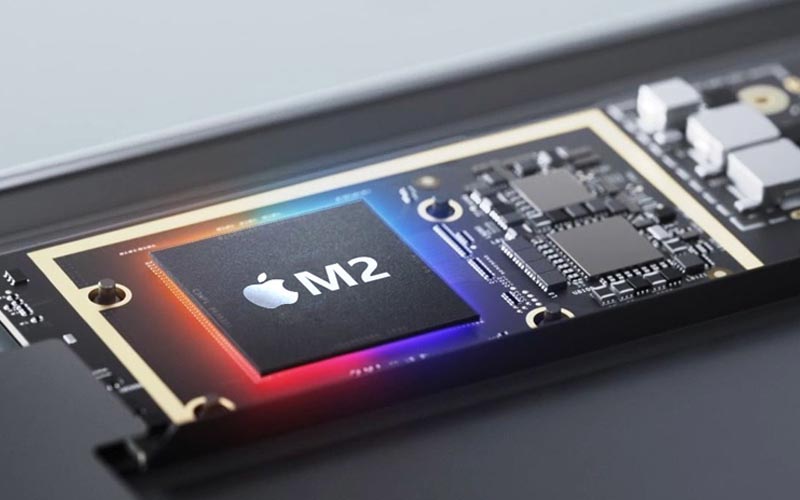
I have not been the most diligent blogger, but will drop something when the itch grows too much to bear and spills from my fevered brain. Of course the Pandemic has been nothing but interesting…, and now the household is finally vaccinated and we’re cautiously starting to get out of “The Box” and resume interacting with the local community again. Of course as the mischief of the gods would have it – barely a month after I dropped a chunk of cash on a “new” used upgraded Mac Pro – the lockdown hit. The subject of a previous blog post, if you’re interested. But the studio did get rather slow, and sadly, a couple of clients, and I think at least one vendor closed their doors. Others took their work in-house, and some went “radio silent.”
I suppose during more down time than I was entirely comfortable with I could have blogged more. But I devoted the the unexpected free time to learning about streaming, using Zoom, honing my skills with Video and Audio production, messing about with my drums, and of course all the house things. Domestic harmony while In The Box is a good thing.
But as we rolled into the back half of the year, something dropped that made a bit of a splash. Or rather, a tsunami in the tech universe. Apple announced Apple Silicon, in the form of the M1 chip. Then these chips were put into the iPad Pro, Mac Mini, the MacBook Air, 13” MacBook, and most recently, a new 24” iMac, with an … well, interesting new design. Thinner, of course, and colors, tho’ the white bezels esthetics are clearly not for everyone.
Be that as it may, they replaced Intel processors that were the weak link with Apple’s ability to update their machines as Intel continued to miss their roadmap milestones time and again. And the performance of the M1 chips, derived from what Apple learned from their efforts with the mobile A and X chips, was nothing less than stunning, and set the tech world aflame. Typical performance improvements were on the order of 50% plus, with stunning gains in power management and thermal performance. I’m not going to get into the details, but there are plenty of reviews and geeky analysis of these impressive chips all over the ‘Net and on YouTube.
There is a pretty good overview at Macworld if you’re interested.
Every M1 Mac compared: Which Apple silicon computer is right for you?
Rene Ritchie has a pretty informative Review of the M1 iMac 2021 on YouTube.
Apples stated intention is to completely transition all their machines to Apple Silicon over two years.
The professional user community is absolutely playing close attention to these developments and these intentions of Apple. There are many of us that are clinging to our Classic cheese-grater Mac Pros because we like the modularity, the upgradability, the sustainability of these workhorse machines. Many of us plan to upgrade our boxes till we CAN’T, or some mission critical software or system update renders our machines obsolete.
At that point we have to choose whether to go with a “sealed box” prosumer Mac like a high end iMac, the now discontinued iMac Pro, a Mac Mini, or MacBook Pro. For some, it made sense to finally leave the platform for Modern Windows and Linux machines. And many have done that. One of my workstations runs Windows in the Parallels emulation environment To be sure, not may of us are in a position to drop the kind of coin commanded by the new Mac Pro, intended for the highest end users, and priced accordingly. But that positioning leaves many working “mid-to-high-end tier” pros out in the cold. That’s right, as I’ve coined before, “talking ‘bout us workin’-class Creative Pros that don’t have gigs at NASA or Pixar.”

Needless to say, Apple Silicon and their new custom M1 system-on-a-chip got the attention of Creative Pros and especially Classic Mac Pro Users in a big way.
Many Mac Pro users have traded in their cMP towers for Mac Minis or another of the M1 machines. Others have decried the limited RAM and non-expandability of the Apple Silicon System-on-a-Chip architecture, the lack of robust connectivity. To be sure, the performance of the M1 machines often outclasses, sometimes positively spanks, our decades old boxes, especially ones that have not been significantly upgraded.
But we have to remember and remind ourselves, the the M1 Apple Silicon Macs are not intended for us. They are bottom-end, entry level, consumer machines. The M1 is still going to be the weakest of an evolving family the Apple Silicon chips, with rumored M1X and an all-but-confirmed M2 chip in the pipeline. (Hey, Apple’s chips, Apple gets to name ’em…)
“Patience, Grasshopper…”
Apple has, over the last two decades, have gotten to the pros LAST, sometimes not at all. We’ve been disappointed that the canister Mac Pro and the iPac Pro were NEVER updated, strongly suggesting that Apple is not all that interested in mid-level pros. We are certainly now a not very large minority of the Mac user audience… um… market. Apple now has an established history rolling out their generational updates from the bottom up, serving their vastly larger consumer market first, and typically focusing first on the iPhone. But future M-series chips will almost certainly have more RAM, more graphics capability, ever higher performance. And these chips will be deployed in Apple’s more muscular machines as they work their way up the Mac line. Apple says a new Mac Pro is in development.
Here’s what Mac Rumors had to say on the topic.
“Apple is working on two new versions of the Mac Pro that will follow the redesigned modular Mac Pro that was first released in December 2019.
“One of the updated Mac Pro models will be a direct successor to the prior 2019 version, and it will feature the same design with no major changes to the enclosure.
“The second Mac Pro that’s in the works will be a redesigned version that has a smaller form factor. The design is said to look similar to the current design, but with a more compact enclosure that’s about half the size.
“It will feature a mostly aluminum exterior, and Bloomberg has suggested that it could “invoke nostalgia” for the Power Mac G4 Cube.
“Though most Macs in the lineup are transitioning to Apple silicon, Bloomberg says that Apple is considering using Intel chips in the refreshed larger Mac Pro, which would make it one of the only Macs to feature Intel chips when it launches as most other Macs will likely have transitioned to Apple silicon by that time. Apple’s half-sized Mac Pro is expected to include a high-end Apple Silicon chip, with Apple testing designs with as many as 32 high-performance cores for desktop computers.Apple is also testing 16 and 32-core graphics options, and developing more expensive 64 and 128-core GPUs for its highest-end machines. At the top of the line, the graphics chips would be several times faster than the graphics modules Apple uses from Nvidia and AMD.”
– What’s Next for the Mac Pro, Mac Rumors

In theory over the next year and a half, we’ll see what that looks like. The needs of pros for muscular graphics, expandability, connectivity, various specialty use cases, are not always well served by all-in-one sealed boxes. But that might not be as much of an issue as the upper tier iMacs and MacBook Pros are very likely going to be increasingly capable machines. I would certainly like to see more on-board RAM and more ports on future Apple Silicon powered releases. I am particularly interested in what will be deployed to take the market position of the now discontinued iMac Pro – a machine that I almost bought last year. Please see previous posts for that story.
For the first time in a while, I am excited to see what comes out of the Apple labs. The Great Silicon Leap Forward could be Christmas Morning for Creative Pros. Could be crushing disappointment. But it’s certainly not going to be boring. In the meantime, I am going to be taking good care of this fairly tricked out 2012 Mac Pro 5,1 I am writing this post on.
I’ve still got a little upgrade headroom left in this thing…